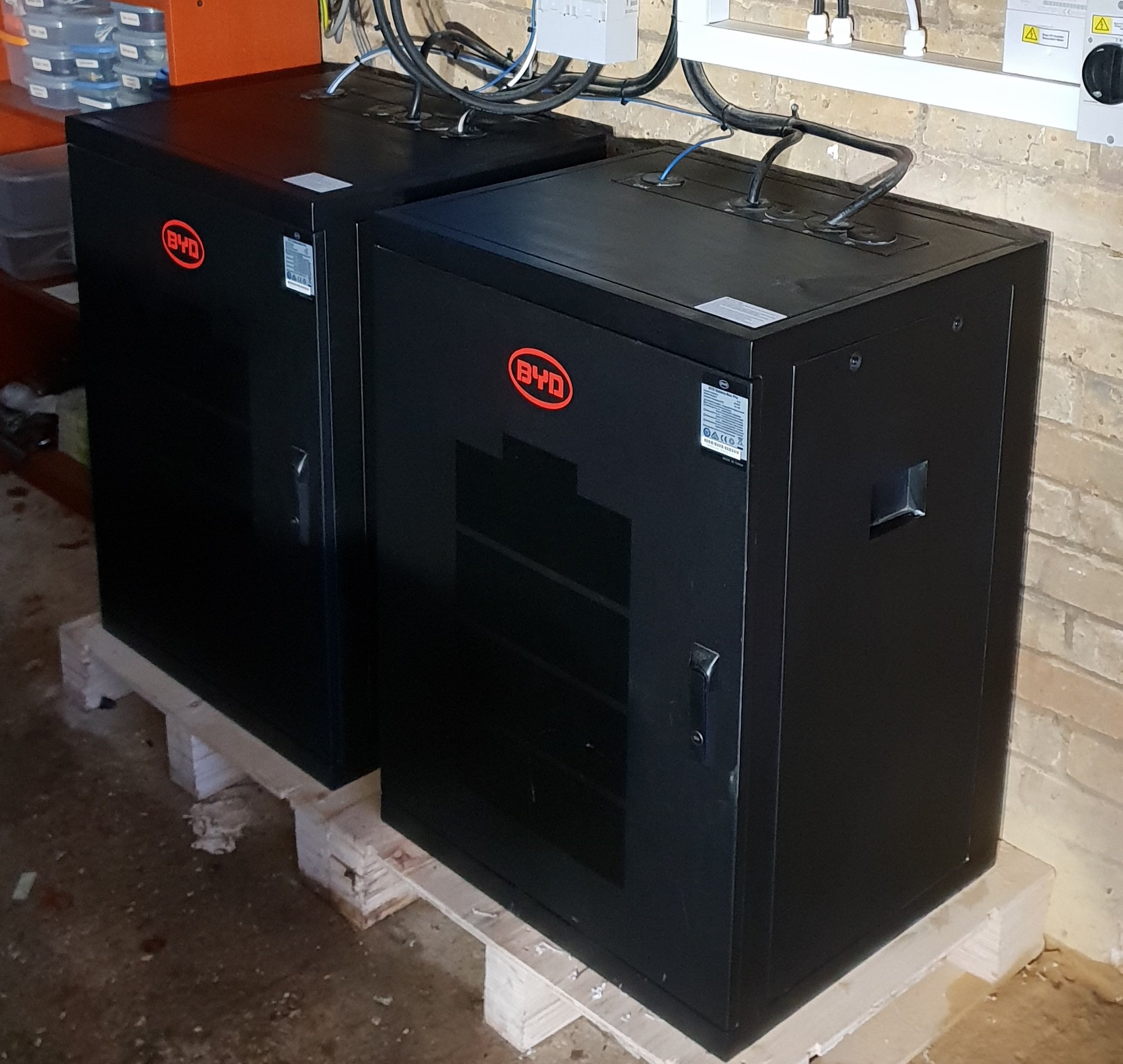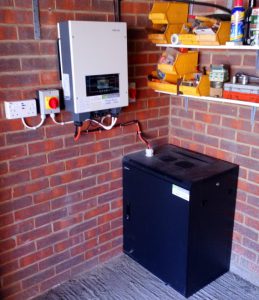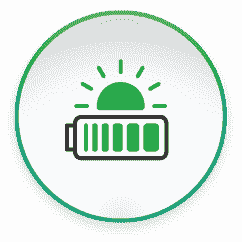It took eight years of field measurements for researchers at the RWTH Aachen University in Germany to estimate the usable capacity of home battery energy storage systems and develop a dataset covering 106 system years and 14 billion datapoints. Their key finding was that home battery systems lose about two to three percentage points of usable capacity per year on average, meaning good news for the industry as most warranties in the market can be met with the implementation of capacity reserves.
While residential battery energy storage market has been growing in leaps and bounds in recent years, the development of standardized methods for quantifying capacity fade during field operation has been lagging behind.
With countries such as Germany seeing more than 70% of solar-plus-battery storage attachment rate in 2023, according to BloombergNEF data, the newly adopted EU Battery Regulation is calling for the development of reliable and transparent battery storage state of health (SOH) estimations for the purposes of “evaluating the residual value of the battery, facilitating the preparation for re-use, preparation for repurposing, repurposing or remanufacturing of the battery or for making the battery available to independent aggregators,” such as virtual power plants.
Aiming to address the shortage of public datasets in this field, researchers from the RWTH Aachen University in Germany have developed a scalable capacity estimation method, which was validated through regular field capacity tests.
The researchers conducted high-resolution field measurements for 21 privately operated lithium-ion systems in Germany over eight years.
Read more: ess-news






